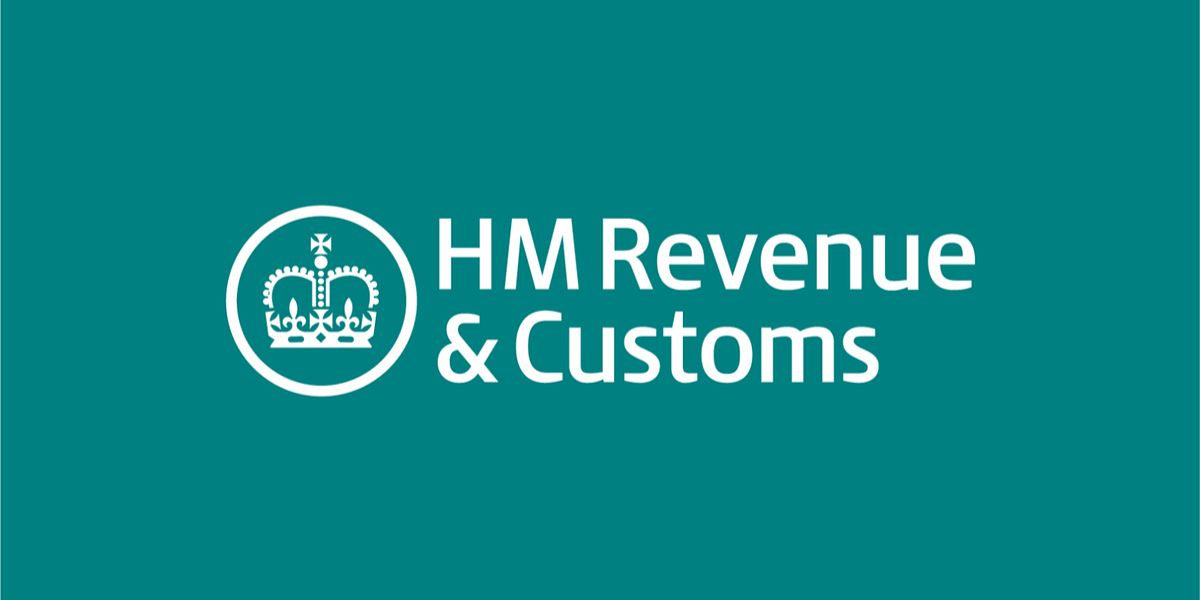On 30 August 2013 HMRC released the latest corporation tax statistics. The publication shows the statistics for corporation tax receipts for 2012/13 and some revised figures in relation to corporation tax liabilities of previous years. Also shown are the figures for tax collected in connection with the Bank Levy in 2012/13. The Bank Levy was first introduced in January 2011. The amount collected from the levy was GBP 1.6 billion in both 2011/12 and 2012/13.
The figures for 2012/13 relate to amounts of tax received rather than to the estimated corporation tax liabilities. The corporation tax liabilities for a particular year are only established after the due date for submitting tax returns. The corporation tax liability estimates for company accounting periods ending in 2011/12 are to be published in October 2013.
The statistics, combined with the figures for liabilities in previous years, give some information on the extent to which various sectors of the UK economy are contributing to the overall corporation tax take. This is important in view of the recent public interest in certain large companies and their tax arrangements, and the critical view being taken of the contribution made by some types of company to government revenues. It should be emphasized that the funds collected from corporation tax are only a small proportion of the overall tax take in the UK which comes mainly from income tax and in particular from individual income tax collected from employees under the Pay as you Earn (PAYE) system.
The net corporation tax receipts for 2012/13 amounted to GBP 39.5 billion, compared to GBP 42.2 billion in 2011/12. The main reason for this decrease was a GBP 4.4 billion decrease in corporation tax receipts from the North Sea oil sector, caused by a sharp decline in production and increased expenses associated with production. This decrease was partly offset by an increase of GBP 1.7 billion in corporation tax receipts from onshore companies, resulting to some extent from an increase in the tax take from the insurance sector.


















